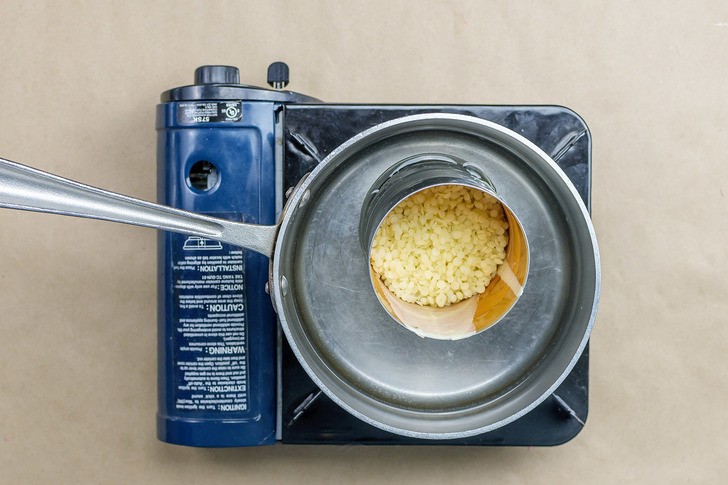
The Problem with Plastic
Before we dive into the benefits of using beeswax wrappers, let’s talk about plastic. Sure, it’s convenient and part of our daily lives. It helps keep our foods dry, fresh and clean. It’s also a mainstay in most kitchens around the world. Sadly, half of the 300 million tons of plastic produced each year is used only once.
Single-use plastic is for packaging, storage bags, straws, shopping bags, and much more. Most of this plastic ends up in our oceans. The plastic that ends up in landfills will take anywhere from 500 to 1,000 years to degrade. Let’s not forget about the chemicals in plastic, like BPA, that are found in 93 percent of people over age six and in food and beverage can linings.
What’s the best course of action to help reduce plastic waste? One could say recycling. However, most recycling facilities are only capable of recycling PET (Polyethylene Terephthalate) or HDPE (High-Density Polyethylene). Most of the plastic used in food packaging do not fall into these categories.
I believe the best way to help reduce the use of plastic is to just stop using it. One way to do so is to make your very own reusable beeswax food wraps to replace plastic cling wrap.
DIY Beeswax Food Wraps
In my book, Do-It-Yourself Garden Projects and Crafts, I offer several DIY projects for use in the natural home. I’m glad to share one of my favorites, beeswax wrappers, with Natural Living Ideas readers today.
This is a simple project that is customizable. If you know a beekeeper and can get beeswax locally, even better. If not, there are lots of places you can buy beeswax online. For this project, I used these Pure Beeswax White Pellets.

Supplies
- 100% cotton fabric
- Beeswax pellets
- Pinking shears
- Aluminum cookie sheet
- Empty tin can
- Small saucepan
- Paintbrush (use an inexpensive one that will not be used for another project)
Step 1:

Cut cotton fabric to the desired size. Trim the edges with pinking shears. This will prevent the edges from fraying.
Step 2:

Place the beeswax pellets in the tin can. Start off with a cup or so of the beeswax. Put the can in a saucepan with about three inches up the side of the can. Heat the water until the beeswax in the can is melted.
Step 3:

Use the paintbrush to coat a generous layer of wax onto the fabric. The wax will begin to harden again once it starts to cool—don’t panic, this is normal. Only coat one side. Lay the next piece of fabric on top of the first piece and repeat. Continue until all the fabric pieces are covered in wax.
Step 4:

Once the fabric pieces are coated, place in a 225 F oven until the wax is evenly melted and it has thoroughly soaked through the fabrics. Remove the baking sheet from the oven and lift the sheet with tongs. Wave the fabric in the air to allow it to cool enough to touch, then hang it somewhere so that it can set.
Step 5:

Once the beeswax wraps have cooled, they are ready to use. Keep in mind that it will feel very tacky at first, but will mellow out fairly quickly. The end result will have a grip but not be super sticky. After each use, run them under warm water and wash with a mild soap. Hang the wraps to dry before each use.
Get More DIYs Like This
For more nature home and garden DIYs, check out my new book: Do-It-Yourself Garden Projects and Crafts available on Amazon.
This tutorial was published with permission from Debbie Wolfe and Skyhorse Publishing.
